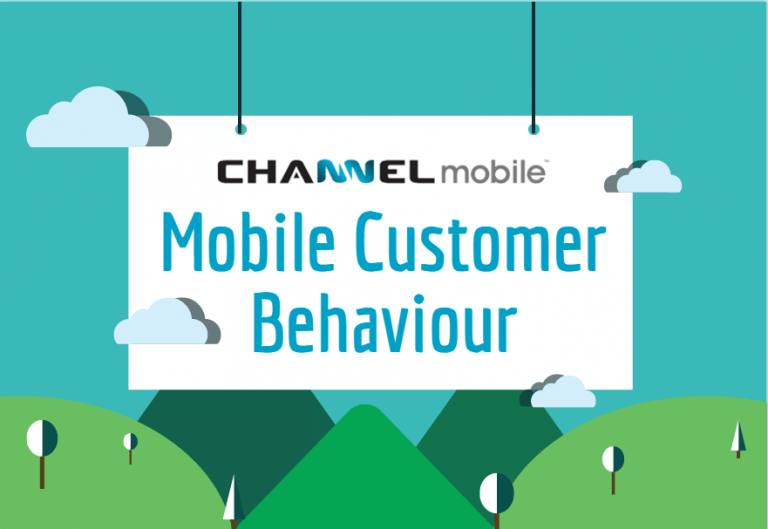Mobile Customer Behaviour
Remember back in the days when owning a Motorola brick mobile phone meant that you were the envy of all your friends? In the last few years, the possession of a mobile device has become so common that it would be weird if someone didn’t own one. Aside from the actual advancements in mobile technology, the cost of a mobile device has also dropped to the point that they are affordable to most working class families (taking into account inflation and global exchange rate fluctuations).
With that being said, mobile technology has provided convenience to the users especially those with smart devices. The convenience of use is one of the main reasons why the industry has exploded with success. Therefore, marketers have seized this new found platform in the early 2000’s and have fully incorporated it into relevant campaigns. Mobile marketing is now such a big part of lives that we have become accustomed to using it on a daily basis.
It all started with short message service (sms) which began the craze for mobile marketing in South Africa. Personal phone numbers were sold to marketers as a database and sms advertisements were sent in bulk to users. Some 15 years later, sms advertising is still going strong. We receive a few sms’s every day, mainly from insurance companies and funeral homes. Occasionally a few from private financial service providers for short term loans. The consumers have become accustomed to receiving these messages, however, they now find them slightly tedious.
When sms advertisements started showing signs of slowing down, South Africans being ever so creative, thought of the idea of Please Call Me. These please call me’s are transmitted through an USSD code (unstructured supplementary service data) to communicate with your service provider, whom works with marketers to program certain text information into the message. Remember the days before we had smartphones and chat apps, we used to send a free please call me in order to save some airtime? Turns out those free messages were not free; they were a way to expose us to advertising content designed to promote certain products. This remained a very effective way of conveying information even to this day (we’ve all occasionally had an airtime crisis).
A clever way for businesses to make an actual profit from mobile marketing is through premium rate numbers South Africa. This is when a company provides a certain part of their services telephonically and the clients would pay a higher call rate for these phone calls. A part of that rate gets paid to the company so that it generates direct income from each call. The customers are very excepting of this method as many of them are not aware of how much money they are paying per minute. Additionally, it still constitutes as a small price compared to actually travelling to a place to receive the same service.
With the emergence of smart phones, however, the direct advertising on mobile has slightly taken a back seat. Users are now able to browse the internet for information, and search engines have optimised their mobile user experience. Customers are now relying on their mobile phone more than their computers to search for anything from clothes to houses. Therefore, the convenience of using one of these devices ensured that consumers are very much dependant on their phones.
This opened up a new frontier for mobile marketers. One of the most popular smart phone advertising platforms is the pop up banner on apps. These banners are unavoidable and do not cause that much inconvenience. Customers have the option of closing the banners, but while closing, they would already be exposed to majority of the information on the banner. Therefore, it is crucially important for advert designers to utilize the small space so that the most important hookers and key words are the most visible.
All in all, there is no denying that mobile advertising is a convenient and relatively cheap way to promote your product. Additionally, customers are now so accustomed to seeing mobile advertising that they have embraced it as a part of their daily lives. If you are still struggling to see the significance of mobile technology in advertising campaigns, here’s an infographic to help you visualise the vast influence of mobile:


